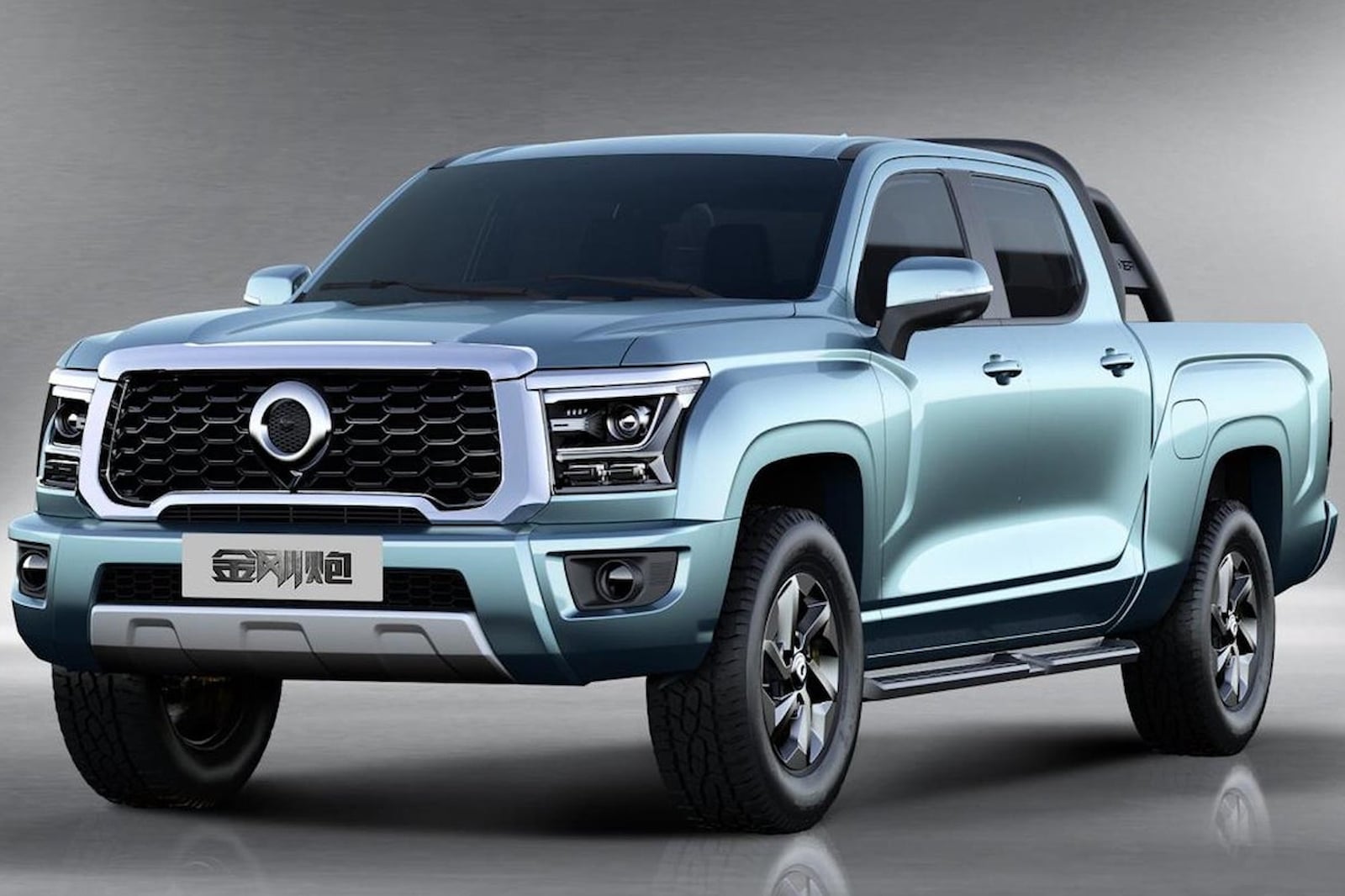Frankenkubota
Elite Member
- Joined
- Jun 11, 2020
- Messages
- 2,827
- Location
- Carthage NC...Deep in the woods
- Tractor
- Kubota MX 5800, SkidPro 4 in 1, Ratchet rake, SkidPro pallet forks
all true but let me add this.Its interesting how North Americans will frame the usefulness of EVs. And I'll admit I'm using some very large brushes to point out why EVs are problematic in North America, yet perfect solutions for parts of Europe and the British Isles. As a younger man, from 1976 to about 2003, I'd driven an ICE vehicle from the Pacific West Coast to the Mid-East Coast, and back, at least 11 times. About 3,400 miles each way and I drove near every route from Route 2 in the North to Route 10 in the South, and most in between.... 90, 80, 70 etc. Shortest drive was four days, and the longest, 2 weeks. For many years, 1982 to 2011, I also, every other month or so, would take a train or bus or drive from Eugene, Oregon to Seattle, Washington. The train was always more expensive, then driving, even if I added the parking fees, and added 2 hours to the trip. The bus, Grey Hound, was less expensive than driving, but, frankly, a depressing experience, on clapped old ICE buses, filthy stations, and grumpy staff and sketchy fellow passengers.
Wife and I have been traveling to England, Italy or France, near every year for the last 17 years. Seeing, over time, how these counties have adopted EVs has been fascinating to us.
Just before the pandemic in 2018, our last trip was a top to bottom trip through France only using trains and buses.
There is no way to compare the compactness of Europe to the vastness of the USA.
So when I read a post comparing a particular European country with the USA, the comparison makes no sense. In Europe you can get a train to most any city, and then take a bus to near any more rural location. Owning a car in Europe is VERY expensive.
In Europe, pubic mass trans is a point of National Pride and heavily subsidized. . The Government Owns the railways, on which private companies bid to use the tracks. In the USA, public mass trans is an after thought, Amtrak doesn't even have the right of way on these privately held rail lines owned mostly by Union Pacific and BNSF. This plays into the EV equation in the sense that there are few, spur lines, that Amtrak operates on, and few private bus lines to take you from the Train Station to your destination. So you have to have a car if you are going anywhere out side the main point to points that Amtrak operates in. This is a general, “do I even need a car?” consideration.
The largest Mass Trans System in the US is the Yellow School Bus. There are 480,000 school buses in the USA, only 2,100 of those are EVs.
In comparison, in England they are publicly committing 140 Million Pounds to replace at least 500 of their school buses to all electric, with the next goal being 4,000 buses in the next five years. All for a much smaller population
These are usually small countries , with few people that people use as comparisons. And some of these comparative counties have huge wind generated electrical potential. The wind blows all the time in the Northern Sea. And their cities are closer together and well with in the current 140 mile range of average EVs. My next biggest city is Portland, 110 miles away, meaning I'd have to find a QUICK charging station. One of the eight, on the way back. And most likely have to be a subscriber to the Quick charge, and have the right interface to do that to have a 20 minute experience ....... Gas only has one interface, takes 5 minutes and at damn near every exit,... its available.
Our impressions of Europe, is that, we wouldn't need a car at all, if we moved there. Aside from more rural areas of Italy, the trans systems were cheap, organized, on time, and clean. “Do you need a car, anyway?” Which, I believe is the larger question when we compare the USA to Europe. If we lived in an Urban area of Europe the answer would be, “No.” Even though electricity is very expensive in Europe: What we would want is a tiny electric car to get us to the next village and back for only local trips.
This doesn't work in the USA. Its too big, and there is no public will for any tax to support mass transportation infrastructure. What does work in the US, is smaller ICE type cars that get better then 30 mpg, usable on our 75 MPH Hiways. My 1993 Ford Festiva gets 35 MPG and the Wife's 2017 Accent Hyundai gets 37. There is no compelling reason to change to an EV. If we need a big truck.. we will rent it.
We have been brain washed to think that you have to personally own, the biggest truck, that you will rarely use to its potential. And in the mean time, run that behemoth around as a grocery get-er and then complain about gas prices and not the fact that your 400 HP, 4WD, Dual Cab Truck gets 12 miles per gallon, while in Europe they are paying $5.50 per US Standard Gallon.
In Norway, its more like $9 a Standard US Gallon. In this, there is something true to the European concept of the Ugly American running those damn ICE engines at half their prices in those big underused trucks.
i had a huge custome van, chevy. we called them shaggin wagons. it was converted at the factory? so everything was straight and pretty nice.
I bought it because i was a traveling salesman and figured it would be easier to get 4-5 guys in that for lunch vs a honda accord.
when my european business associates would come over on a "business trip" i would give them my van for the week.
THEY LOVED IT!
I've spent sometime there and noticed the vehicles seem to be getting bigger.



